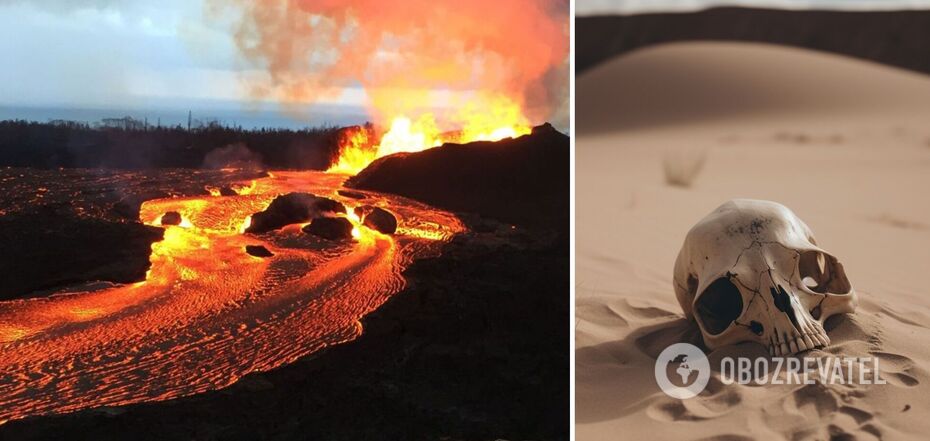Life
A supervolcano in southern Italy may have wiped out Neanderthals and is now probably preparing to explode again
The supervolcano Campi Flegrei, located in southern Italy, was probably the cause of the death of the Homo neanderthalensis subspecies. Its eruption led to a drop in temperature on Earth, which was fatal for the Neanderthals.
This was stated by Benjamin Black, an associate professor at Rutgers University (USA). According to scientists, this sleeping giant is now waking up again and may be preparing for an eruption.
The Campi Flegrei supervolcano is located near Naples and has a devastating history. Its last eruption took place in 1538, but since the 1950s it has occasionally shown signs of increased seismic activity - and recent research suggests that Europe's most dangerous volcano may be approaching a new eruption. OBOZREVATEL covered this in detail here.
It is believed that Campi Flegrei caused one of the most powerful eruptions on Earth, approximately 40,000 years ago. Some researchers believe that this eruption was the largest in Europe in the last 200,000 years.
The consequence of this explosion was a large-scale change in the planet's climate, which coincided with the disappearance of the Neanderthals. Not surprisingly, scientists do not rule out a link between the two events.
"There is evidence that suggests it could have happened around the same time," Black said in an interview with Live Science.
He suggested that it is this assumption of coincidence in the timing of the two events that "makes people wonder if the eruption was related to the death of the Neanderthals".
Black was among a team of scientists who tested this theory and built a climate model that showed whether a supervolcano could have delivered a fatal blow.
According to the data, a year after the eruption, the temperature in Europe would have dropped by 2-4 degrees Celsius, depending on how much sulphur would have been released into the atmosphere.
Thus, the temperature drop could be more significant than the 3.6-degree drop known as the "Little Ice Age", a period of cooling from the 14th to the 19th century that was accompanied by mass starvation and social unrest.
So it is quite possible that the large-scale climate catastrophe caused by Camp Flégre could have been fatal for Neanderthals.
But there is also evidence that contradicts this theory. According to Black, their model showed that the most severe volcanic cooling "occurred further east, not in the areas of Europe where Neanderthal populations seem to have clung to survival."
At the same time, he does not rule out that the eruption did affect the Neanderthal population, but they were lucky not to be at the epicentre of the cold snap.
Earlier, OBOZREVATEL reported that scientists have found evidence that Neanderthals were a parallel humanity that existed alongside Homo sapiens.
Subscribe to OBOZREVATEL's Telegram and Viber channels to keep up with the latest news.



























